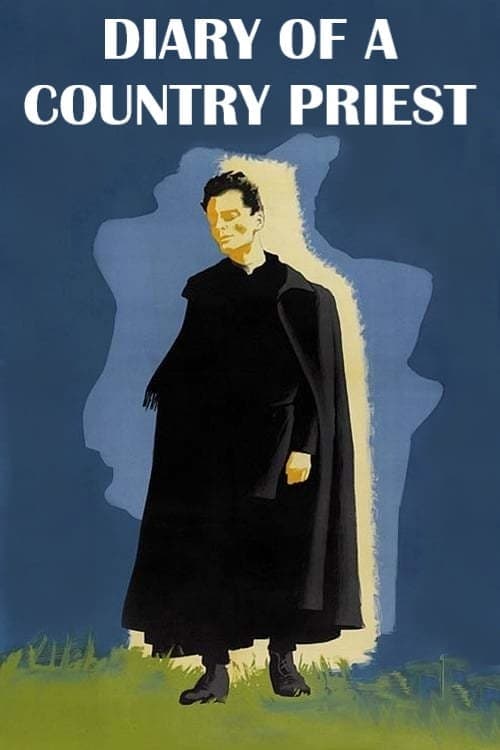
Diary of a Country Priest
1951
Rate this movie
Average: 0.00 / 5
(0 votes)
Director
A fundamental work in the history of cinema, if only for its stylistic purity combined with a psychological inquiry that is never affected but always complementary to the narrative. Bresson imbues this film with a secular yet mystical force that emanates from the main character, creating a grand and memorable portrait.
Its purity is not limited to formal sobriety, but extends to a rigorous expressive asceticism: the rejection of all acting performance, the choice of "models" rather than professional actors, the almost mathematical precision of framing and editing, ensure that emotion is not acted, but arises spontaneously from the juxtaposition of images and sounds. It is a cinema that demands active participation, a hermeneutics of the gaze that goes beyond the visible, as every gesture, every object, every silence acquires an inescapable ontological weight. The psychological inquiry, far from indulging in verbose introspections or affected facial expressions, is revealed through the off-screen voice of the diary, which becomes the guiding thread of a tormented soul, a palimpsest on which the young priest's inner struggle is inscribed. This minimalist approach, which Bresson would later theorize in his celebrated Notes on the Cinematograph, finds here one of its most complete and moving expressions.
The story centers on the figure of a young priest who is assigned to a remote country town in northern France: Ambricourt. Here the young man will have to confront the distrust of the inhabitants and the tensions within the town's most respectable family, the Count and his wife. Ambricourt is not merely a geographical background, but a true earthly purgatory, a microcosm of pettiness and silent despair where faith is a burden, not a liberation. Its spiritual aridity is mirrored in the desolation of the landscape, a perfect stage for the intimate drama unfolding. The priest, frail and ill, clashes with a corruption that is not overt but creeping, more insidious because it is hidden behind social conventions and indifference. His purity becomes an relentless magnifying glass on the world's hypocrisies, unleashing reactions of hostility and closure, almost as if his very innocence were an unbearable accusation. The attempt to reconcile the Count and his wife transforms into a spiritual duel with the Countess, a woman tormented by pain and loss, whose soul is a desert of faith. Bresson does not judge, but shows the arduousness of being saintly (or even just honest) in a world that rejects light. The curate will attempt to reconcile the couple but will gain even more hostility.
Meanwhile, a disease will slowly devastate his body, and the epilogue will be exceedingly bitter. This progressive physical deterioration is not merely a narrative device, but a powerful metaphor for his spiritual via crucis. The curate's body becomes a battlefield, flesh consumed as a sacrificial offering, almost as if to materialize the burden of the souls he tries in vain to save. His sufferings, from hunger to constant physical pain, are an external reflection of an inner agony, a purgation that brings him closer not so much to a conventional mystical ecstasy, but to a resigned, painful acceptance of the human condition. His martyrdom, far from being triumphant, is intimate, silent, almost invisible to the world's eyes, but of a lacerating intensity for the viewer.
Adapted from a novel by Bernanos, this work remains an unforgettable benchmark within French cinematography. Bresson does not limit himself to a literal faithful adaptation, but performs a true "transposition," distilling the mystical essence and existential suffering of the original text. He captures the Bernanosian spirit, that vision of a tragic Christianity and of grace manifesting through pain and human imperfection, making it a universal cinematic experience. The influence of this film has been immense, not only for post-war French cinema — anticipating in some ways the austerity and profound reflection that would characterize authors like Jean-Pierre Melville, while maintaining a very distinct poetics — but also for world art cinema, becoming an archetype of the narrative of a struggling soul. Its aesthetic, so far removed from Hollywood gigantism and even from Italian neorealism of the era, defined a new language, a cinema that addressed the viewer's consciousness directly, inviting them to a meditation on faith, suffering, and the mystery of existence. Almost an axiom of how human passions can contract into a somber death chant that no revealed Religion can hope to counteract, and yet, precisely in the epilogue, in the almost inaudible whisper of the famous phrase "Tout est grâce" (All is grace), Bresson leaves us with a vision of salvation that emerges not from denial, but from the total acceptance of this very darkness, offering a bitter yet no less profound hope that only the most acute suffering can reveal. It is a work that, decades later, retains its cathartic power and disconcerting relevance intact, inviting a perennial reflection on the subtle boundary between human and divine.
Main Actors
Genres
Country
Gallery
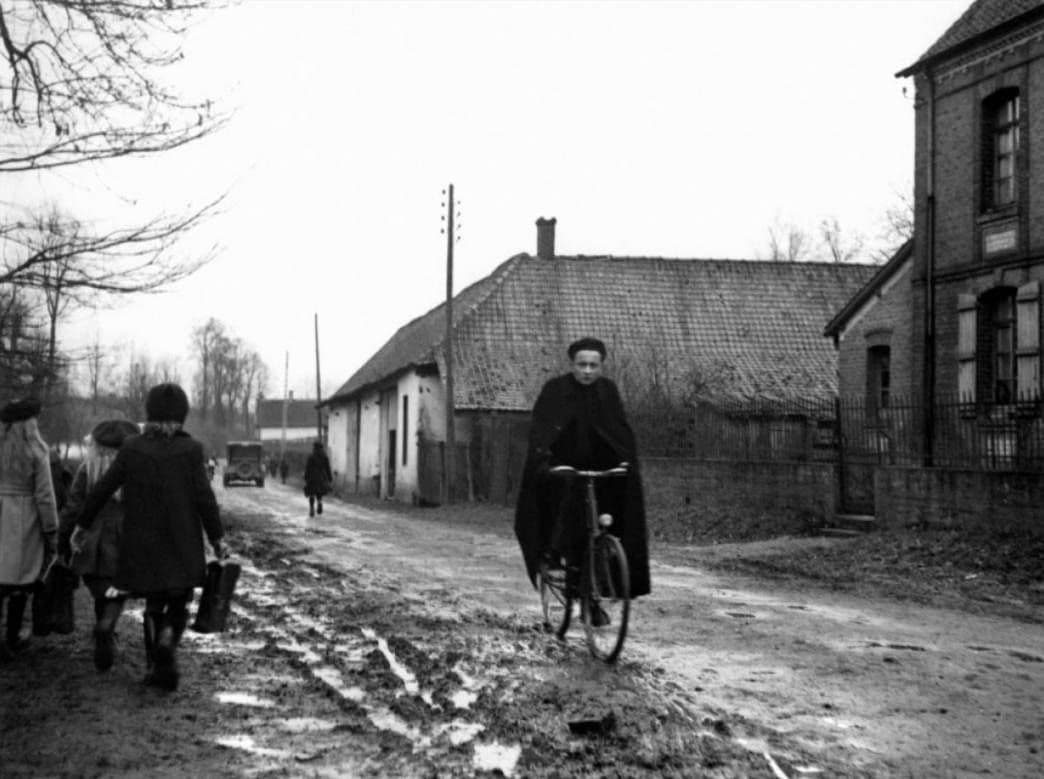
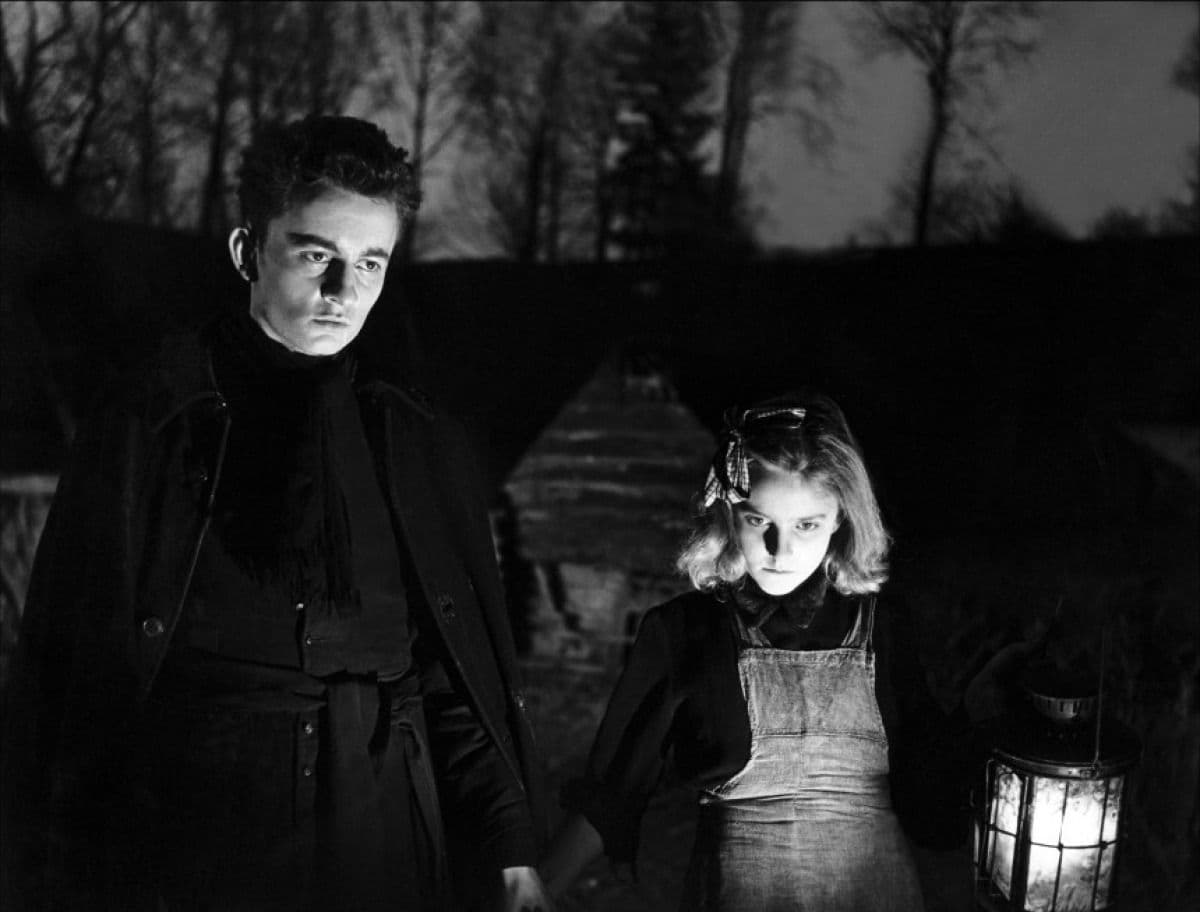

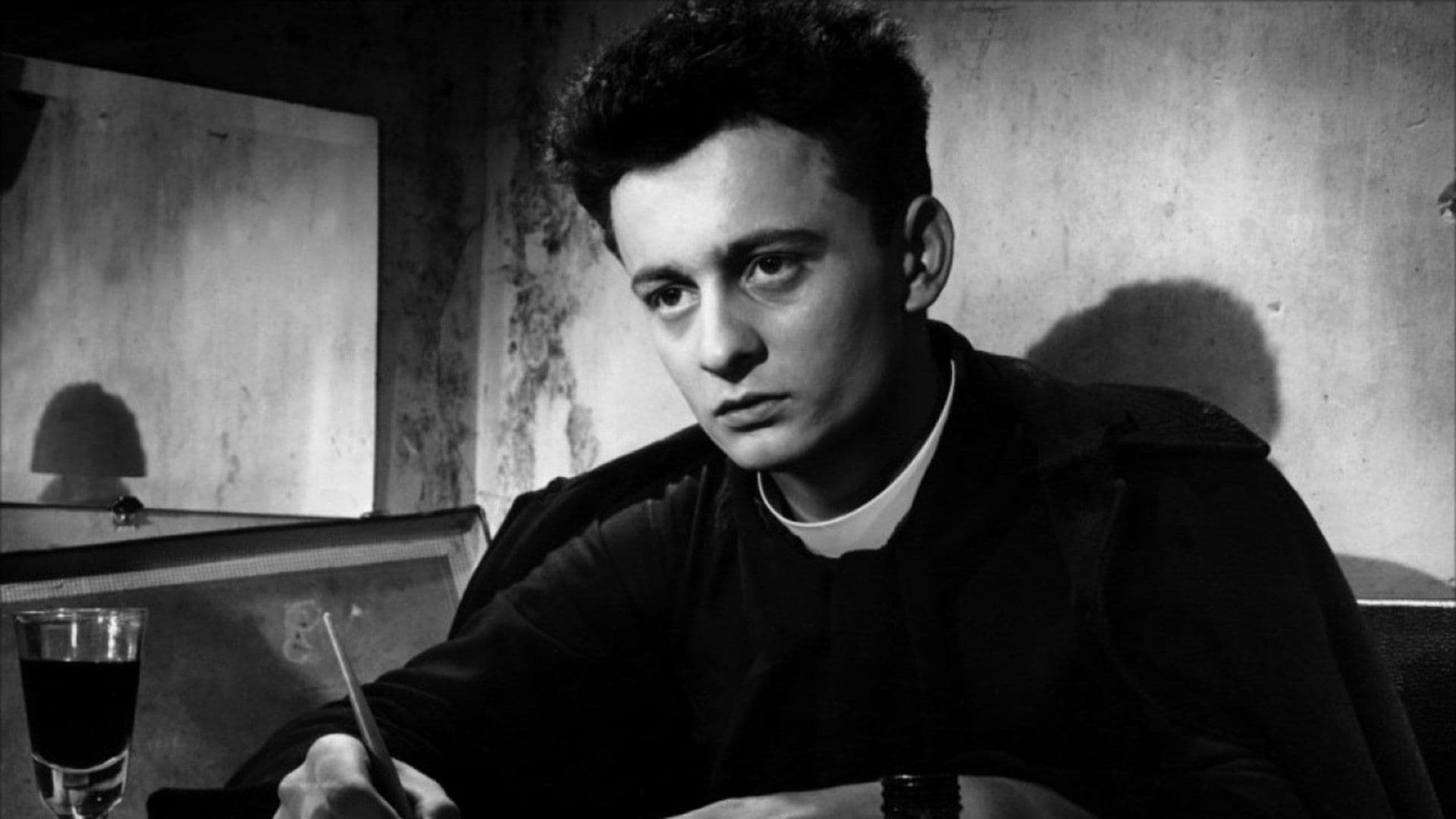
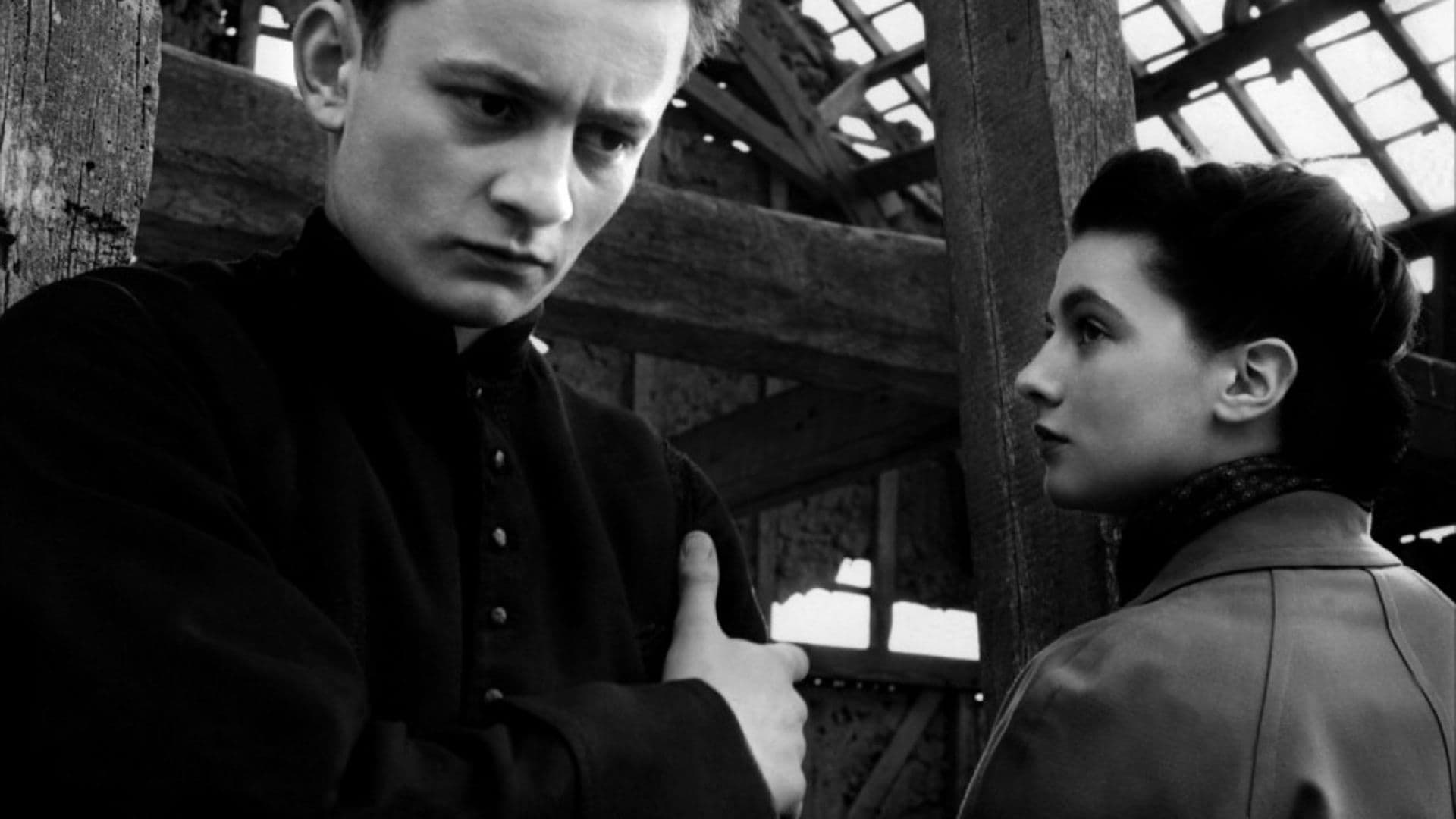

Comments
Loading comments...